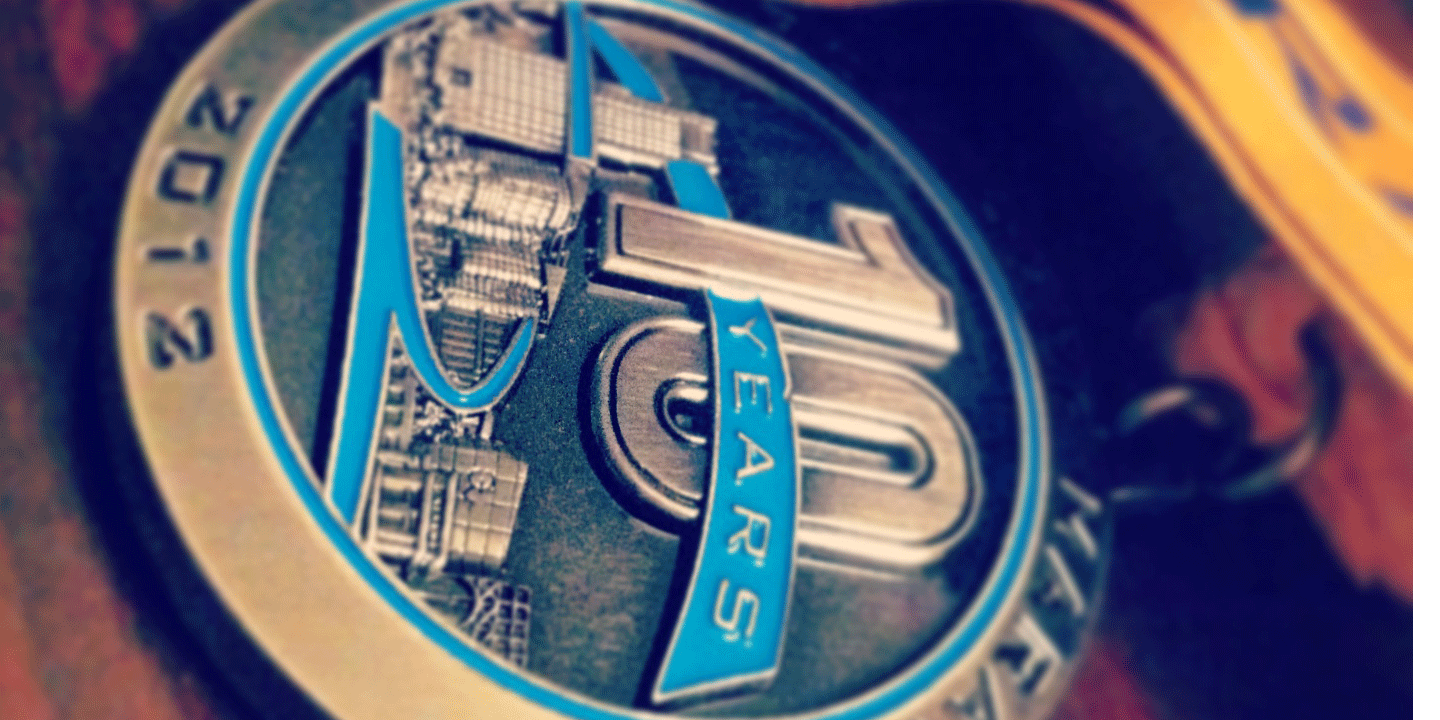 This past week was not a positive one for thousands of runners who thought it would be one of the best days of their lives. As we all know, the Boston Marathon bombing tragedy really hit home especially for runners. I think this affects me so much because I feel like “one of my kind” got personally attacked this past Monday, April 15, 2013. It was such a sad, sad turn of events that happened during one of the world’s greatest marathons. Instead of runners celebrating something they have trained so hard to achieve , they are mourning the lives and injuries of loved ones. It almost makes me physically sick to think of the tragedy many families are going through. Before I continue, I want to say that I am praying for the families and runners affected by the horrific day that just recently happened. Every time I run a race, I will be thinking of the runners of Boston, and push myself a little harder just for all you heroes.
This past week was not a positive one for thousands of runners who thought it would be one of the best days of their lives. As we all know, the Boston Marathon bombing tragedy really hit home especially for runners. I think this affects me so much because I feel like “one of my kind” got personally attacked this past Monday, April 15, 2013. It was such a sad, sad turn of events that happened during one of the world’s greatest marathons. Instead of runners celebrating something they have trained so hard to achieve , they are mourning the lives and injuries of loved ones. It almost makes me physically sick to think of the tragedy many families are going through. Before I continue, I want to say that I am praying for the families and runners affected by the horrific day that just recently happened. Every time I run a race, I will be thinking of the runners of Boston, and push myself a little harder just for all you heroes.
From a public relations standpoint:
After I heard about what happened during the Boston Marathon, I first thought of the families and runners, and then I thought about the next upcoming marathon, the 2013 London Marathon, which takes place on Sunday, April 21 and has a record-setting attendance close to 35,000 runners. One thing that surprised me, is that the London Marathon’s website has nothing on it about the Boston Marathon bombings, or whether or not they are still holding this year’s London Marathon (which is one of the most frequently asked questions after the events at Boston). I was almost shocked that the social media coordinators who deal with the London Marathon didn’t think to include something on the website about “Praying/Running for Boston,” or “2013 London race still being held.” Many people are worried to attend the event because of how recent the Boston Marathon events occurred, which is six days before the London Marathon. As a future PR specialist, I keep asking myself how I would handle this situation if I worked for the London Marathon.
Don’t get me wrong, I do not think they are doing a bad job, but I feel like they should have done something differently to show their condolences and to calm many runners’ nerves after the Boston bombing. I did read an article from BBC that said the organizers of the London Marathon are working hard to increase security measurements for the race on Sunday. I think that is a great move on behalf of the London Marathon to show they are working efficiently to protect runners from any chaos or tragedy that could occur.
But what about the media? As an organization for runners, wouldn’t they somehow speak out about the Boston tragedy? I am excited to hear about any coverage the day of the race. Maybe they have something great planned for the runners who are getting ready to gear-up for 26.2-mile long race that takes place in two days…we shall see.
 Good luck to all the runners on Sunday at the London Marathon, and remember to run your hearts out for Boston.
Good luck to all the runners on Sunday at the London Marathon, and remember to run your hearts out for Boston.
What do you all think? Will London do something in honor of the Boston Marathon?
Images credit: http://www.google.com/imgres?imgurl=http://gamedayboston.com and http://www.google.com/url?






